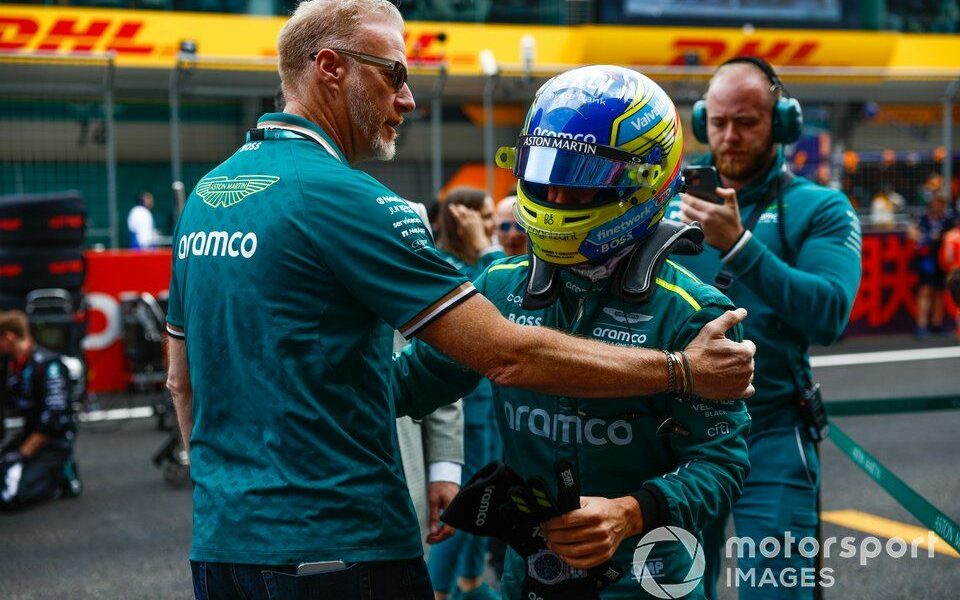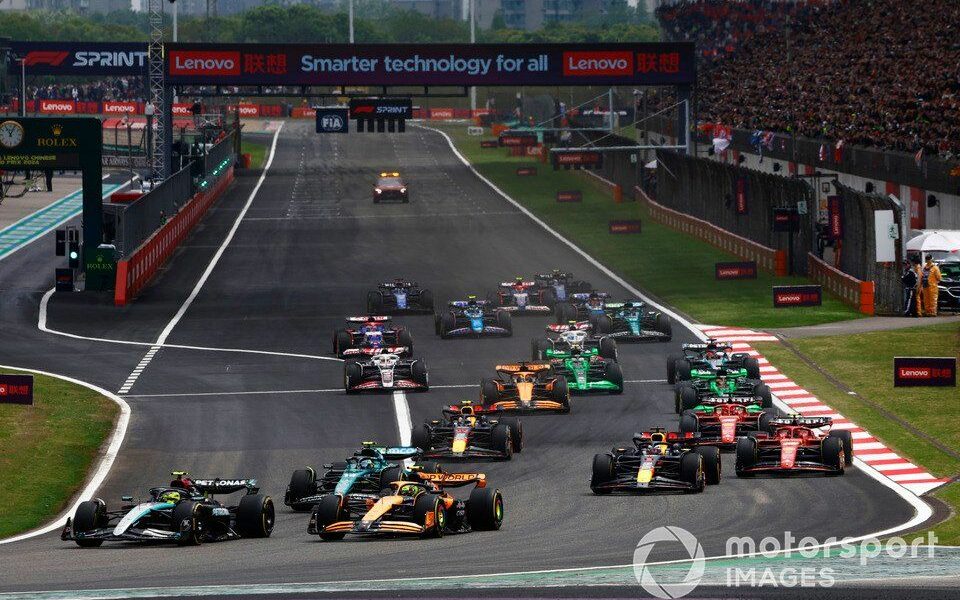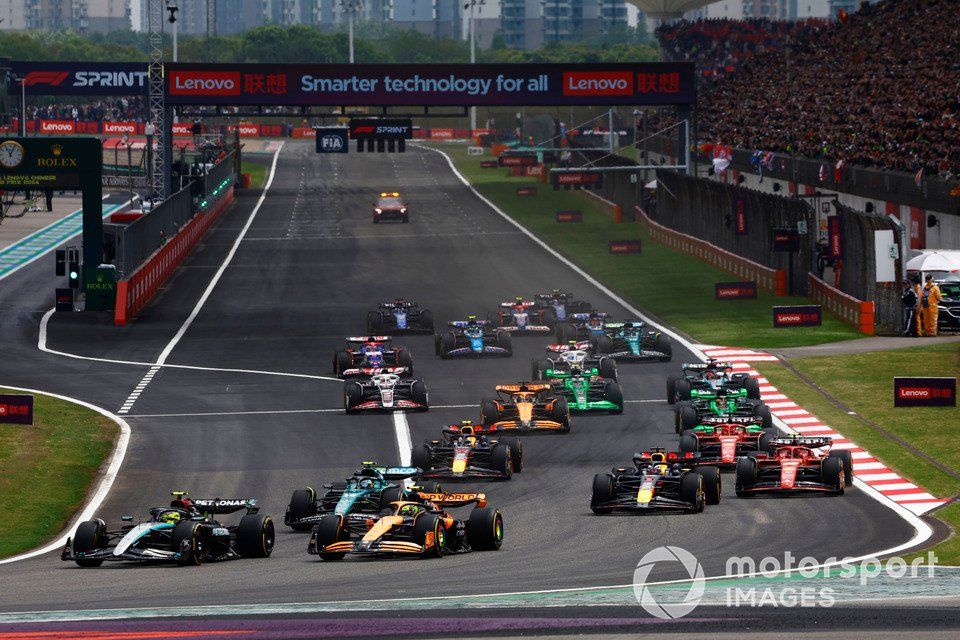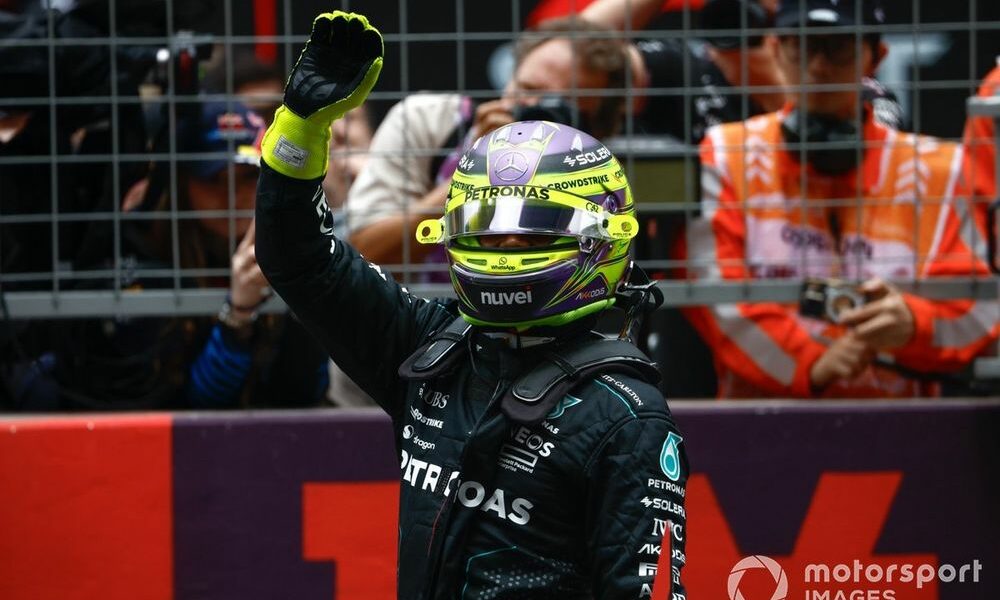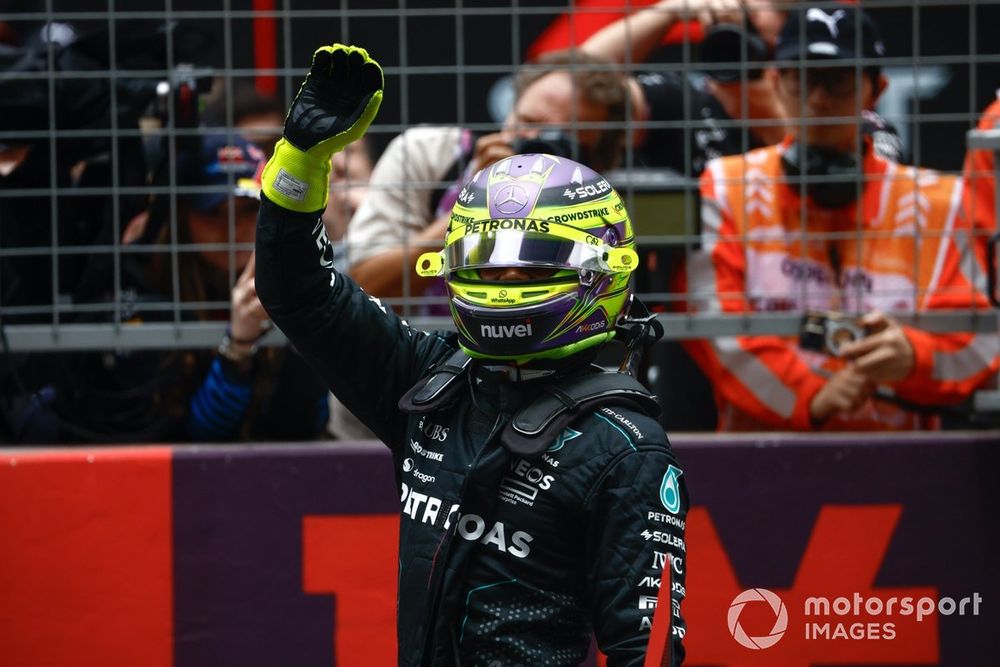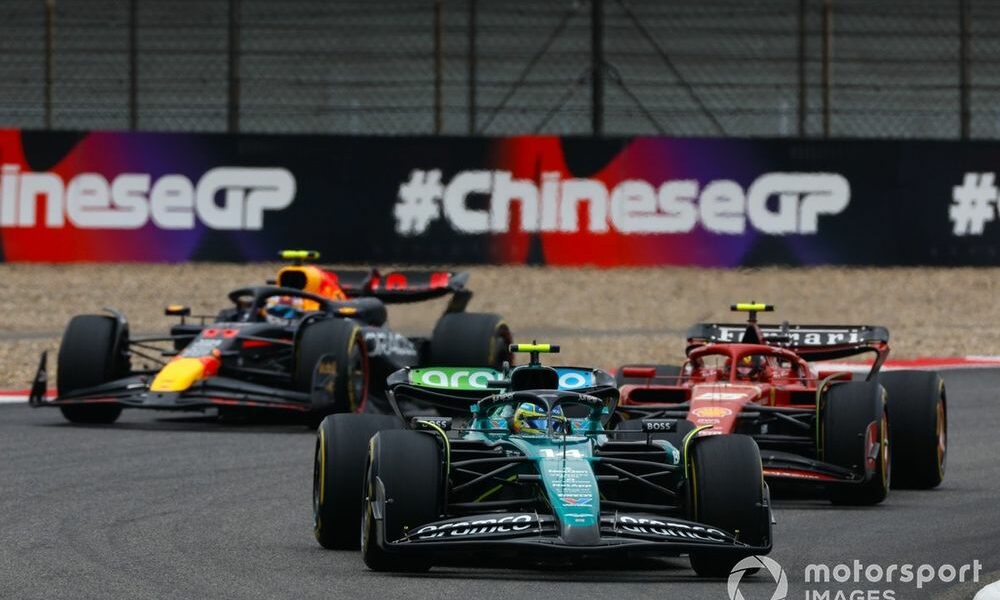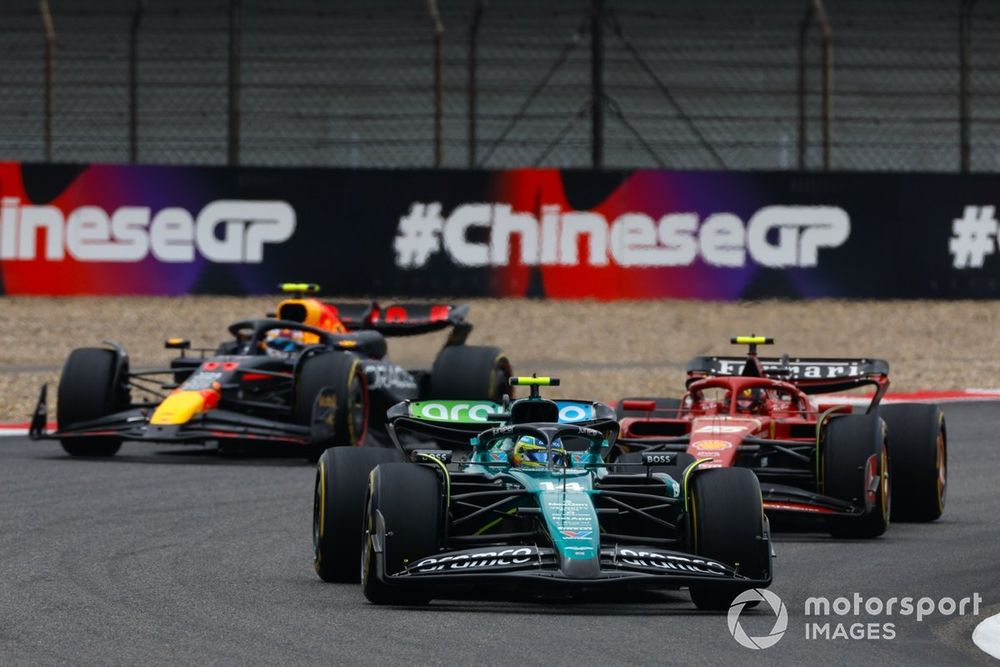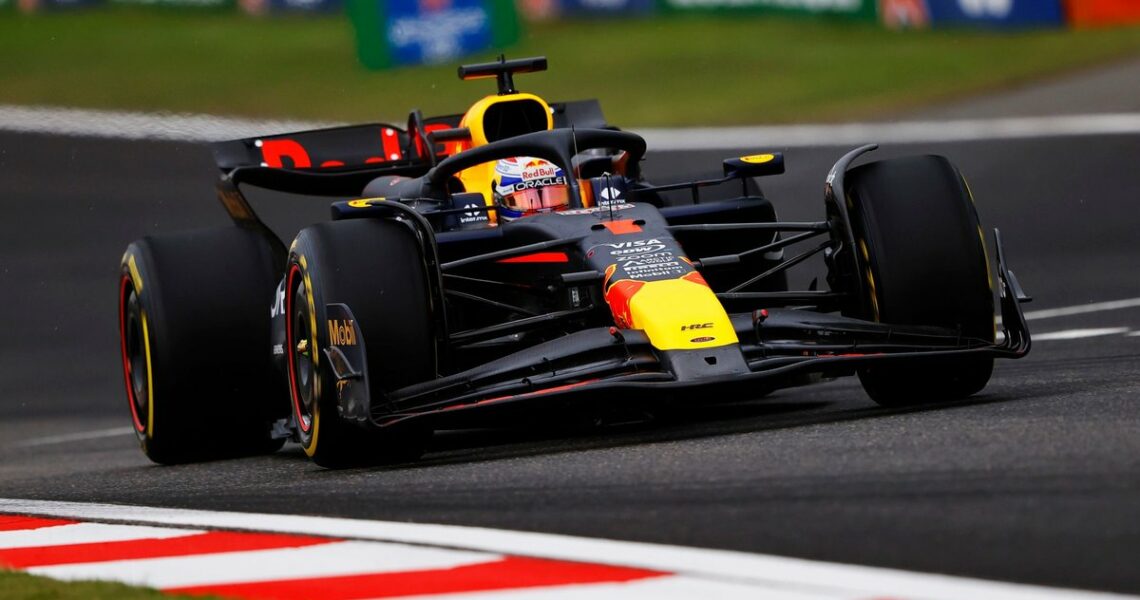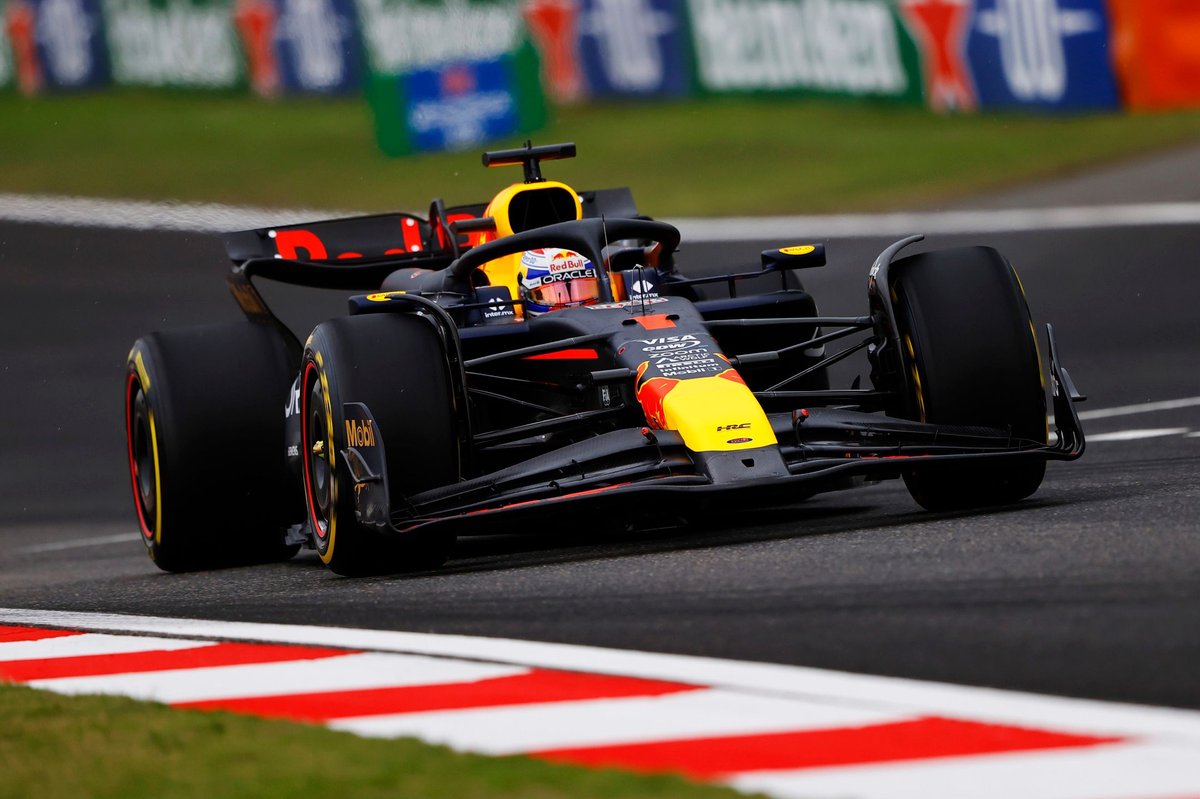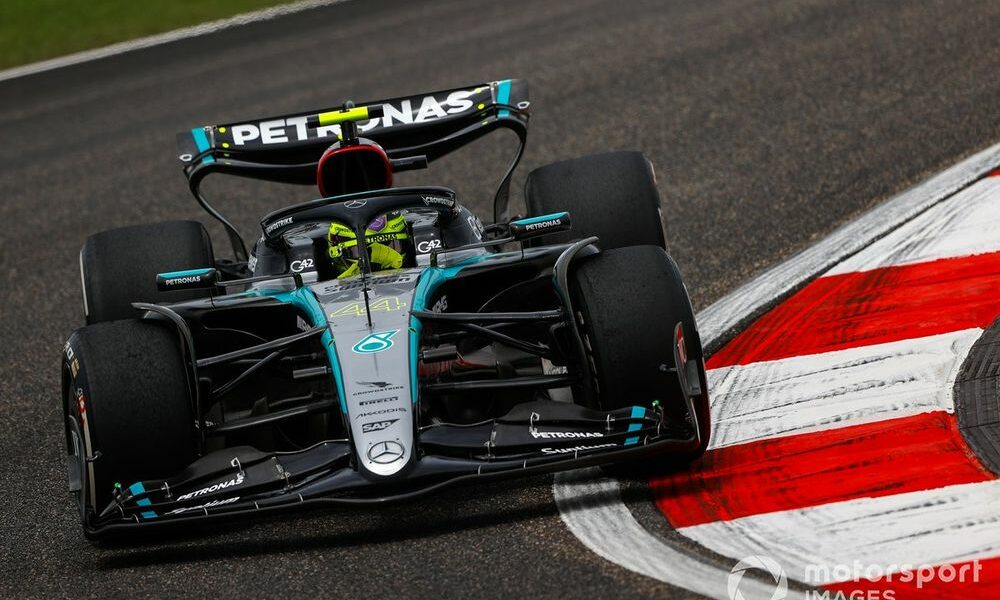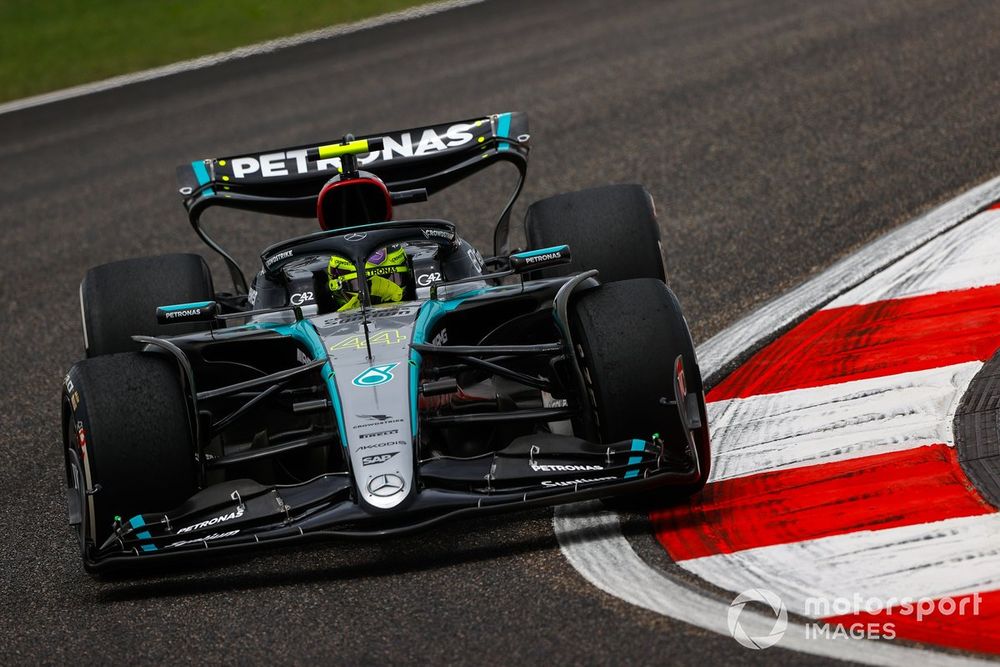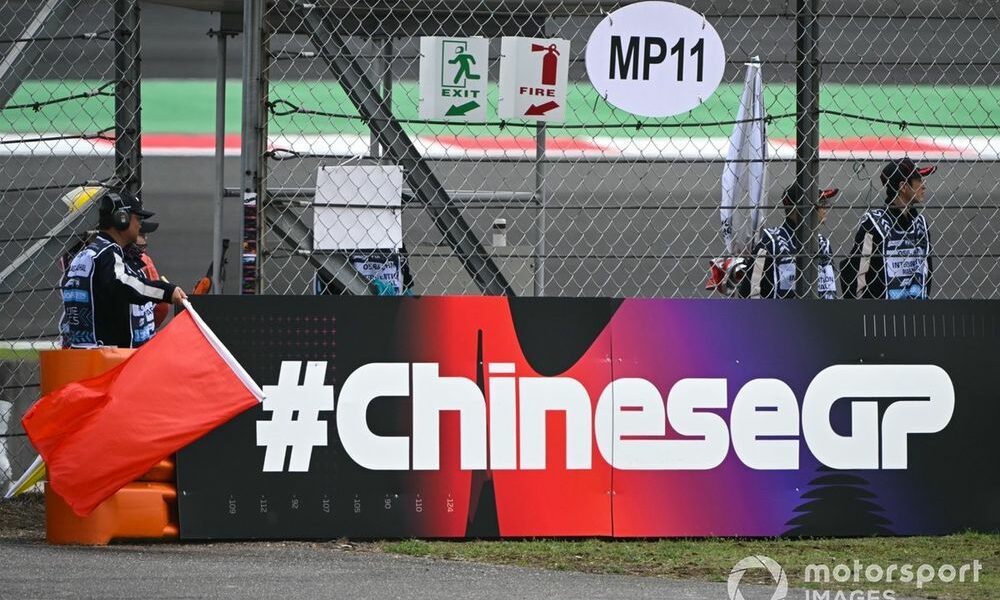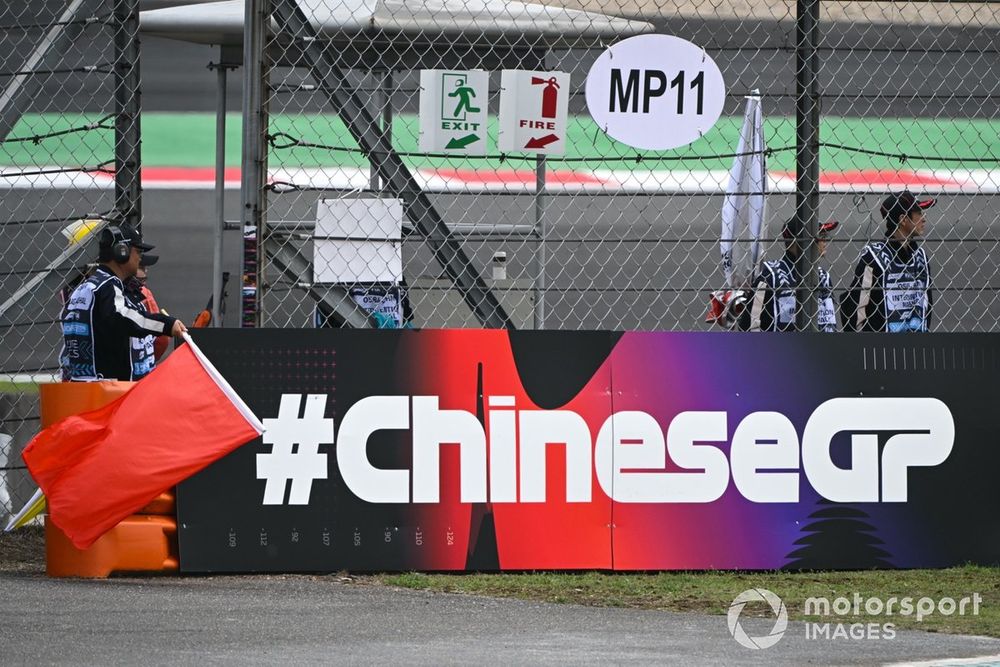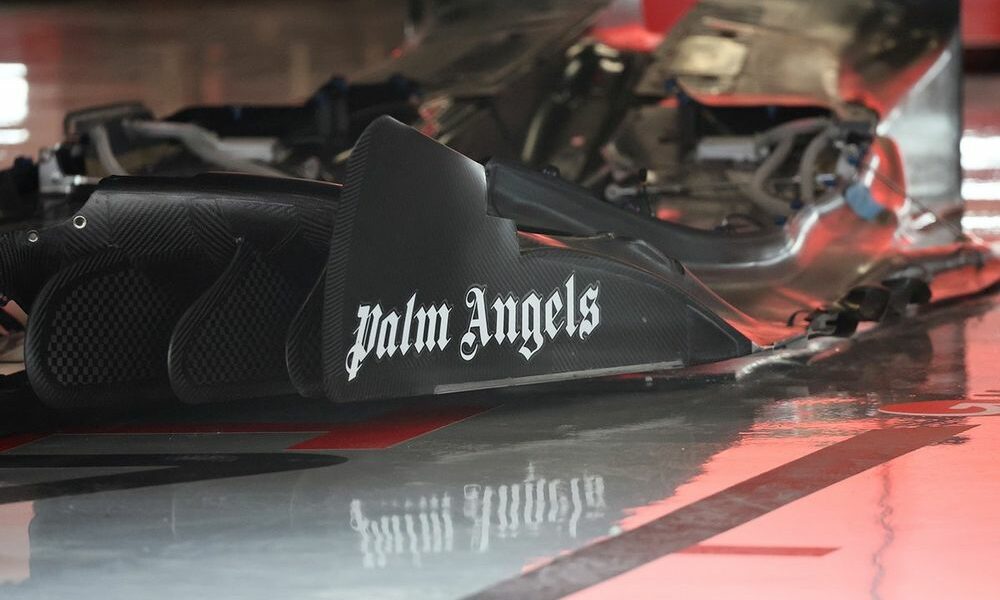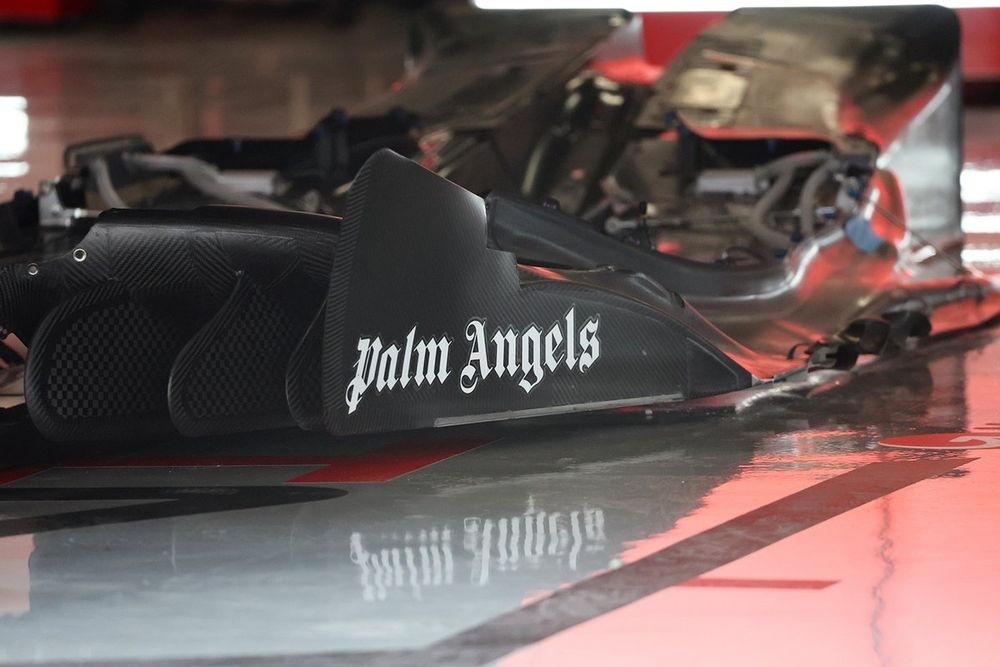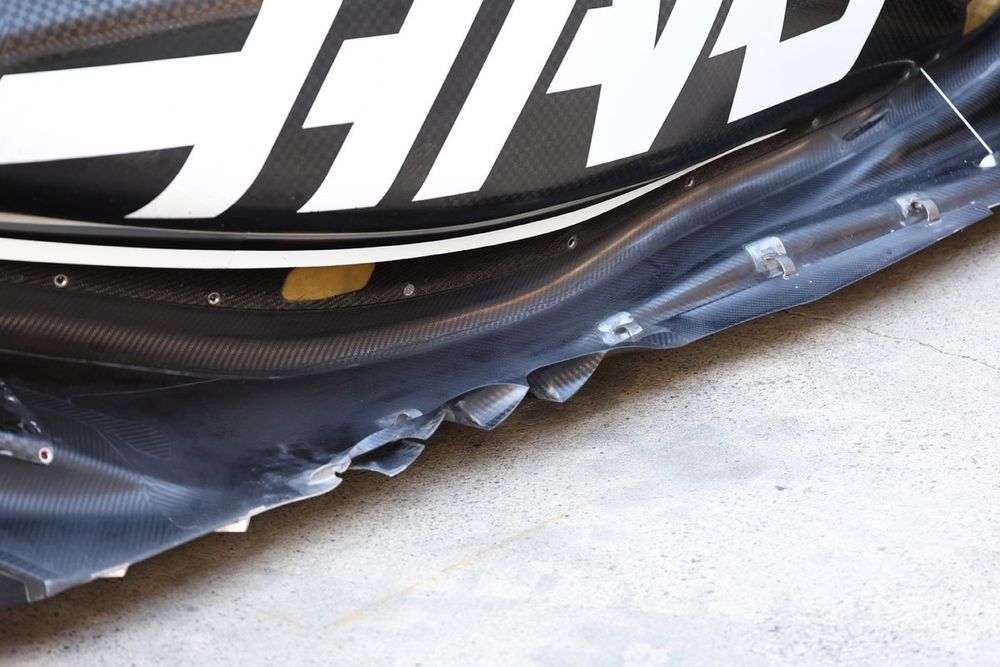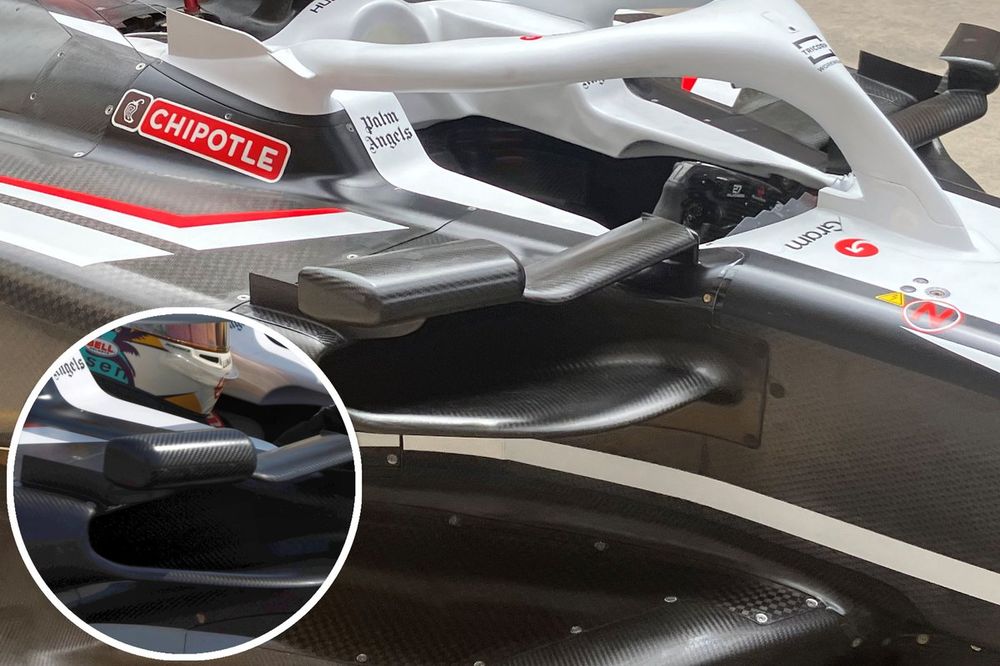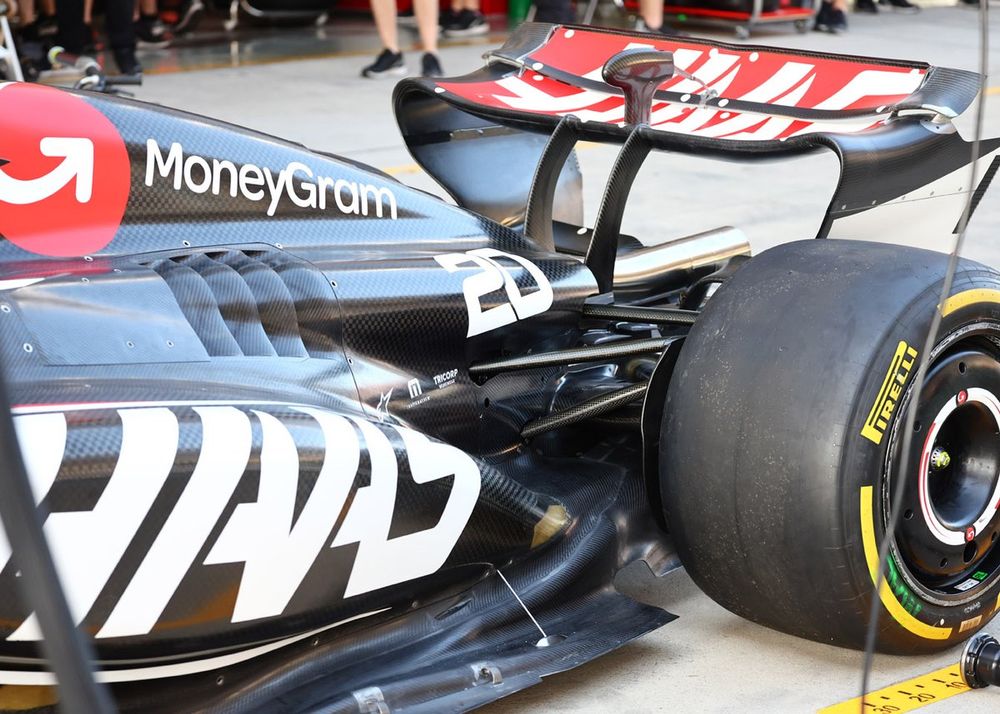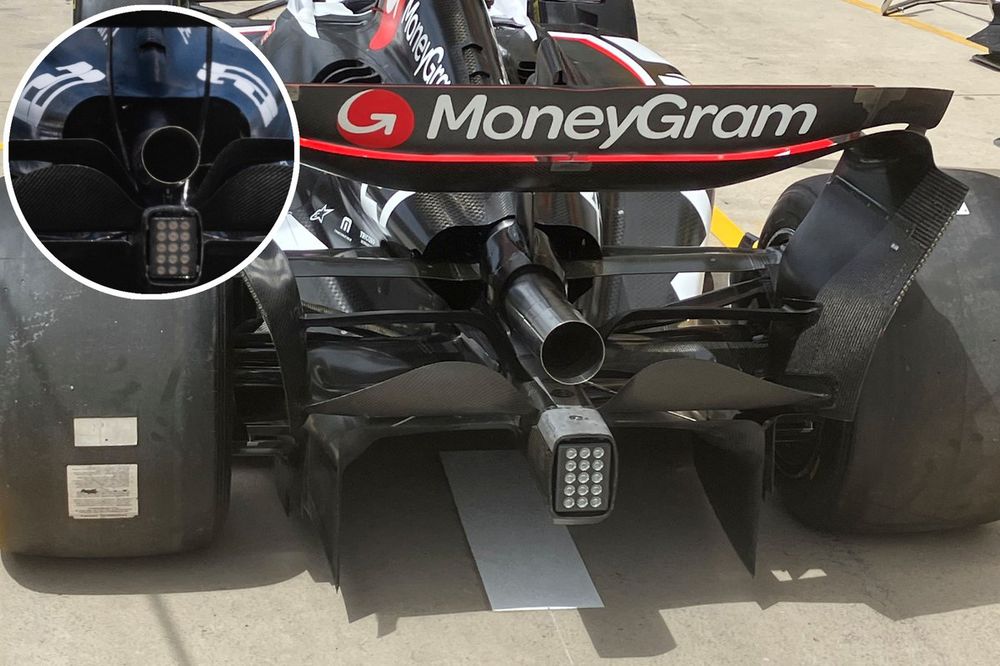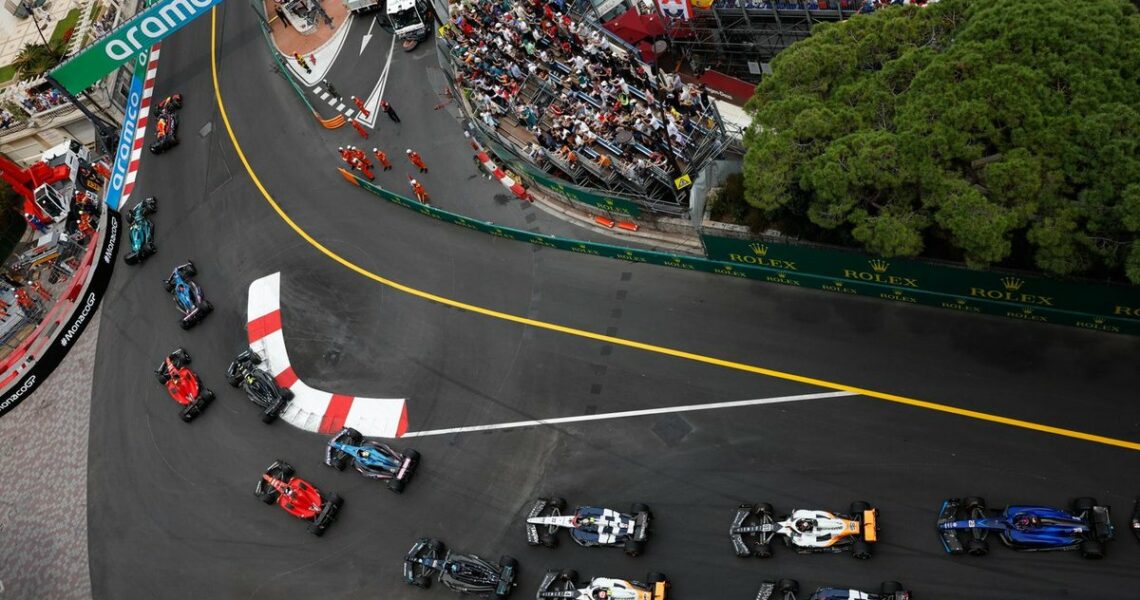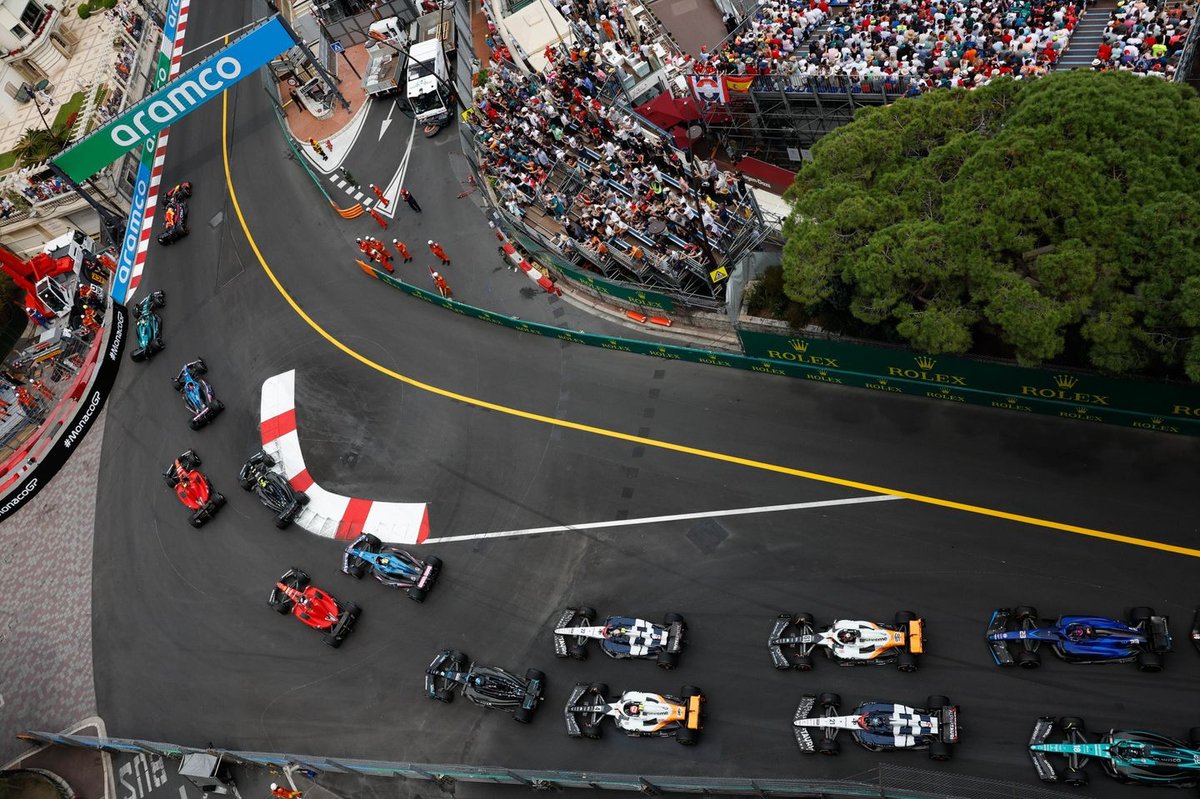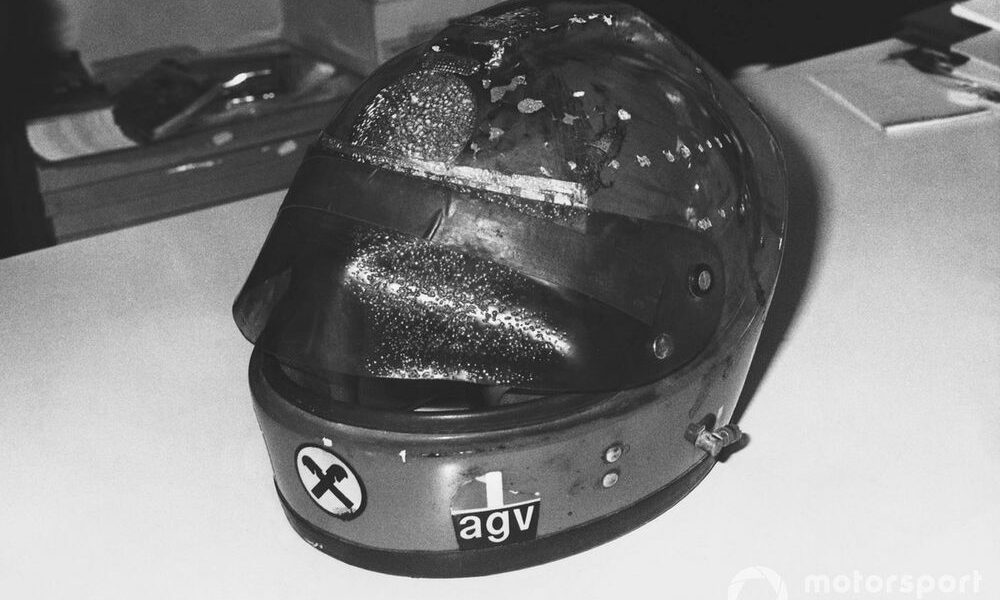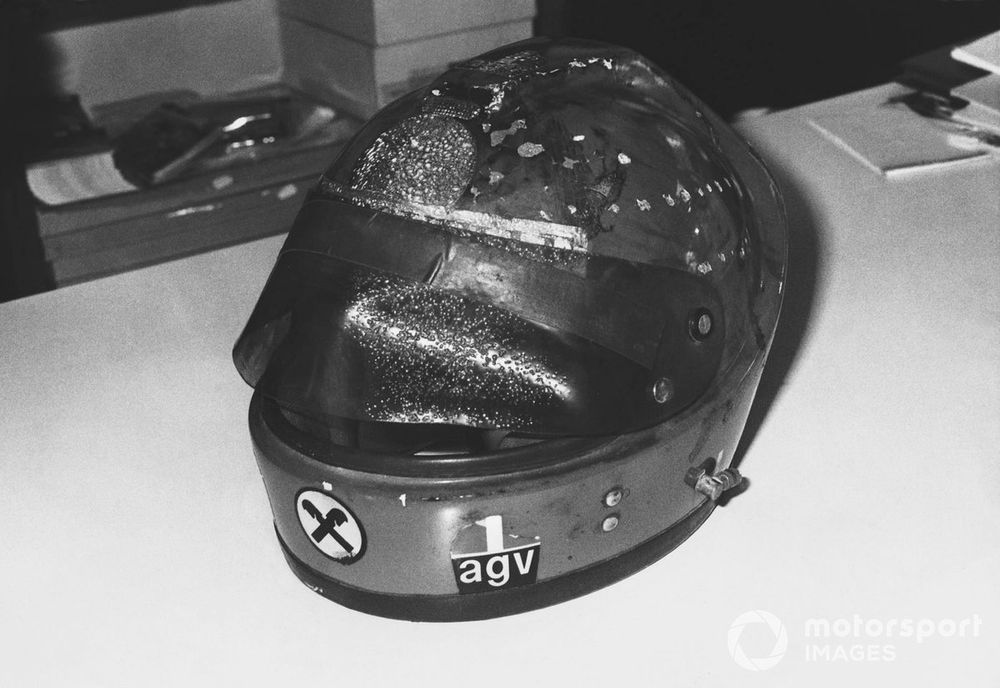The Spaniard was locked in a tight fight with the Ferraris for third place in the closing stages of the Shanghai sprint event, as he battled rapidly degrading tyres.
But as the pair swapped positions back and forth, they clashed at Turn 9 two laps from home in an incident that earned Alonso a puncture – which forced him into the pits for fresh tyres before he eventually retired.
The stewards summoned both drivers ahead of qualifying to discuss the matter, and determined that Alonso had been at fault as he had the opportunity to avoid a collision.
Although Alonso retired, the stewards said it was standard practice to add 10-seconds to his elapsed time – an anomaly in the regulations that it has urged the FIA to look at.
A statement issued by the stewards said: “As per the guidelines on driving standards, which was agreed with the teams, an infringement of this nature required that a baseline penalty of 10 seconds was to be added to the time of a car that caused a collision.
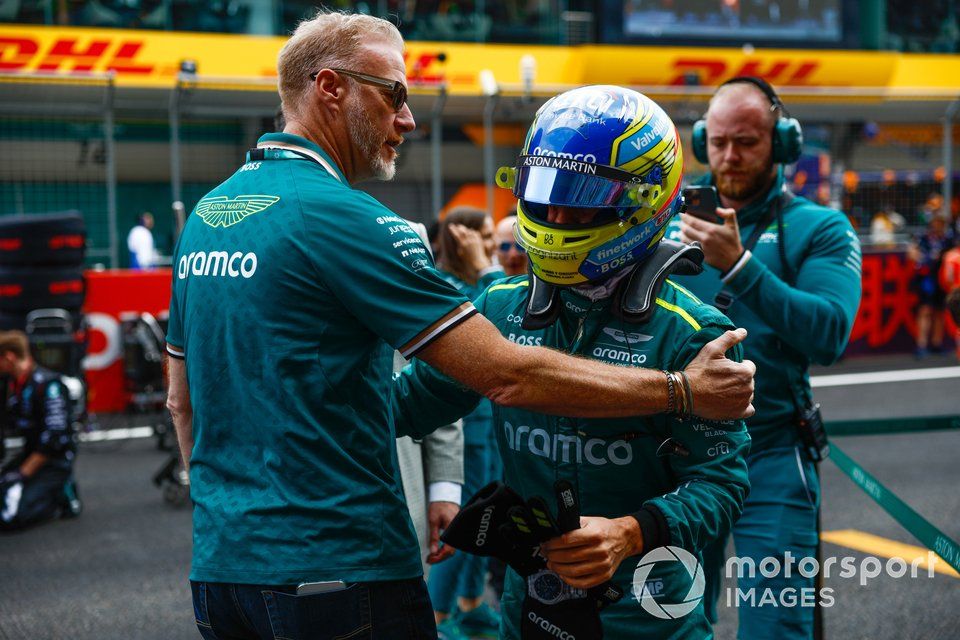
“Article 54.3 of the Sporting Regulations states if the 10 second penalty is imposed after the end of a sprint session, then 10 seconds will be added to the elapsed time of the driver concerned. We accordingly added 10 seconds to the elapsed time of Car 14.
“As an aside to the FIA, we note that the language in the regulations as to when a car has retired and the resultant consequences on penalties that may be imposed or served, especially when that car is otherwise classified, is somewhat unclear and we would recommend that the FIA considers making the necessary amendments to bring greater clarity to this issue.”
Speaking to Spanish channel DAZN after the sprint, Alonso reckoned that Sainz had not left him as much room in their battle as he had offered his compatriot earlier around the lap.
“Turn 7, I think we were evenly matched, then in Turn 8 I tried to go to the outside,” said Alonso. “But he opened the line to not leave me room, so in Turn 9 I did the same thing he did in Turn 8.
“I tried to go to the inside to not leave him room on the line, but in Turn 8 I opened up so we didn’t touch, and in Turn 9 he didn’t open up. So we touched.”
Alonso’s three penalty points means he has now a total of six points for the previous 12 months period.

